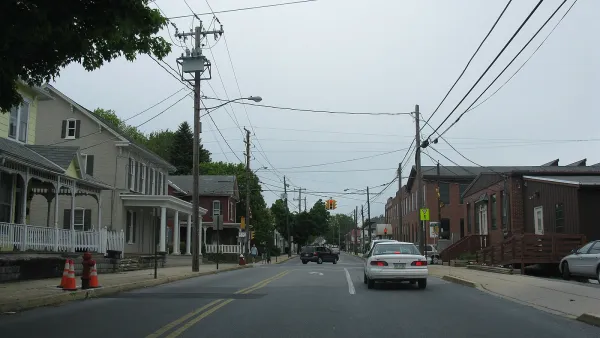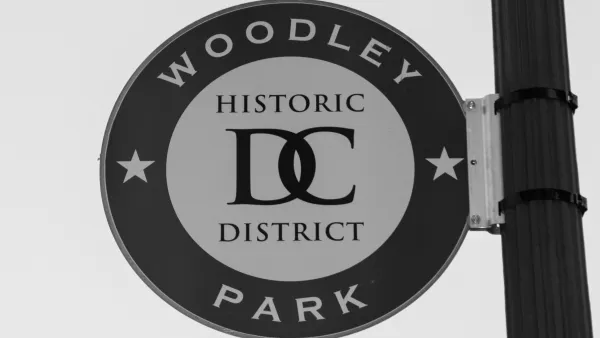A zoning controversy in a neighborhood in New Orleans has locals questioning how well the city's new Comprehensive Zoning Plan reflects the city's Master Plan.
Chris Maldonado reports from New Orleans: "A group of residents who live near the closed McDonogh No. 31 school site on Thursday announced that it is proposing a change to the city’s new Comprehensive Zoning Ordinance that its representatives say will fix an error in the zoning law that allows developers to build inappropriately dense developments in some historic neighborhoods."
"The group’s proposed amendment would shrink the maximum housing density in affected neighborhoods by nearly 35 percent," writes Maldonado, but the issue centers on a development proposal for the aforementioned No. 31 school site. The proposal would build a 30-unit apartment building and several houses nearby. According to the article, "the Comprehensive Zoning Ordinance, which the City Council passed in May after years of debate, allows for as many as 45 housing units on the site."
The group opposing the development, known as Neighbors for Responsible Development, are citing the disconnect between the Comprehensive Zoning Ordinance and the city's Master Plan to oppose the development.
Maldonado explains the discrepancy, as it's understood by the group's members:
"According to group members, the Master Plan called for two types of multi-family zoning in older neighborhoods. The neighborhood around the McDonogh 31 site was originally supposed to be lower density, with no more than 24 units per acre. The plan called for medium density housing in other neighborhoods, up to 36 units.
But the zoning law omitted the lower density category, putting the neighborhood, and others, into a zoning district, HU-RM1, that allows up to 35 units per acre, nearly 50 percent above what the group thinks should be allowed in the neighborhood."
No word yet about when to expect some resolution of the controversy, but the group considers their agenda to have the force of law—not a policy recommendation.
FULL STORY: Neighbors seeking to create another, less-dense zoning category

Analysis: Cybertruck Fatality Rate Far Exceeds That of Ford Pinto
The Tesla Cybertruck was recalled seven times last year.

National Parks Layoffs Will Cause Communities to Lose Billions
Thousands of essential park workers were laid off this week, just before the busy spring break season.

Retro-silient?: America’s First “Eco-burb,” The Woodlands Turns 50
A master-planned community north of Houston offers lessons on green infrastructure and resilient design, but falls short of its founder’s lofty affordability and walkability goals.

Test News Post 1
This is a summary

Analysis: Cybertruck Fatality Rate Far Exceeds That of Ford Pinto
The Tesla Cybertruck was recalled seven times last year.

Test News Headline 46
Test for the image on the front page.
Urban Design for Planners 1: Software Tools
This six-course series explores essential urban design concepts using open source software and equips planners with the tools they need to participate fully in the urban design process.
Planning for Universal Design
Learn the tools for implementing Universal Design in planning regulations.
EMC Planning Group, Inc.
Planetizen
Planetizen
Mpact (formerly Rail~Volution)
Great Falls Development Authority, Inc.
HUDs Office of Policy Development and Research
NYU Wagner Graduate School of Public Service




























